Which is the best caulk or sealant?
Finding the right caulking, and better still finding non-toxic caulk for sealing windows or doors, first requires identifying the exact type you need, which means choosing the right caulking for different surfaces and substrates. Hang on tight because discussing the various chemical compounds and other substances in caulking is riveting stuff! And here we go -
The category of ‘caulking and sealants’ comprise many different products, all of which – when applied properly – should stop the penetration of air, and / or water or water vapour. We are often asked which caulk is best for bathrooms and showers? Which caulk is best for wood? Which caulk is best for sealing windows? Well to start, different types of caulking and sealant can generally be divided into three categories: interior, exterior and ‘special purpose’ sealants depending on their applications and the budget. From what we've seen on construction sites, having some stuck on your clothes is also a recognized badge of honor for all those who build stuff!
Worth a note, we've experimented with caulk and with window and door sealing tape for installing windows in some of our previous green home projects and found not only was specialized joint tape cleaner, but it did a better job at air sealing. Watch our DIY how to install windows properly video to see more.
What is caulking best for?
As a general rule, exterior caulking prevents moisture penetration, while interior caulking prevents air penetration or transfer - reducing air leakage in a building. The problem with air penetration in buildings goes beyond heated air escaping from a nice cozy house, or indeed hot air getting in - it's the potential for causing interstitial condensation within walls that causes hidden problems of wood rot and building decay in the exterior structure. Caulking on the outside of a building should be seen as a secondary line of defense against moisture penetration, but it often has to compensate for the absence of ‘intelligent design’, especially in older buildings, or for a lack of skilfull trim cutting in newer buildings. Caulk is after all referred to as "scribing in a tube" on many a construction site.
In case your grammar alarm is already going off because ‘caulking’ sounds like a verb and caulk a noun, be forewarned that we’re going to roll pretty loose with the terms because there is some wiggle room, and it's familiar ‘builder speak’:)
Exterior caulks need to be durable, but also compatible with the materials and conditions around them. This is where reading the manufacturer’s suggested use is very important, as not all caulking substances will adhere to all surfaces. And while you’re standing in a building store reading the smallprint and warnings on yet another caulk tube, that’s as good time a time as any to evaluate any interior caulking you may be looking at to see what sort of impact it may have on your indoor air quality.
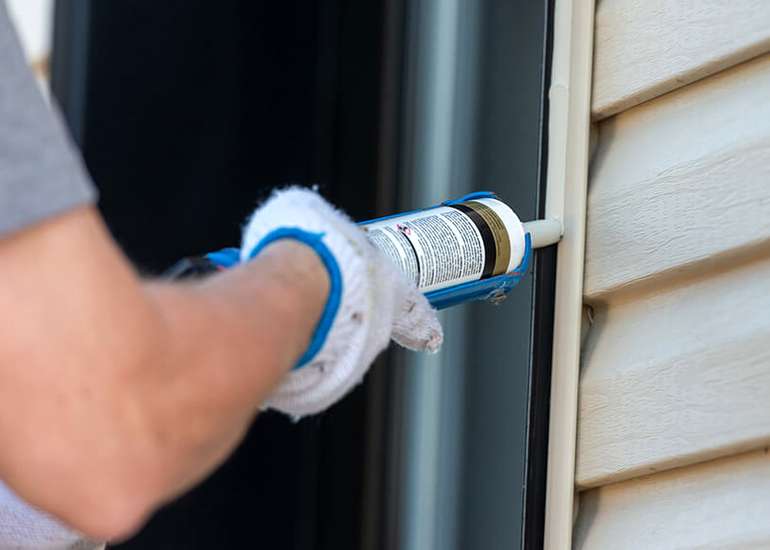
The unfortunate reality is that ‘safe’ non-toxic caulking is often very difficult to source, while the most readily available caulking and sealing materials you will find at your local hardware store contain hazardous substances and share many of the same toxic components you’ll find in regular paints. Speaking of which – if you’re caulking, you’ll often be painting afterwards, so see here to find how to choose safe paints.
The pigments in caulking include extenders and plasticizers, and the resins contain solvents. VOCs are released very slowly during curing, which presents a potential danger to indoor air quality. Because the materials we build with move and flex, what we are often after with caulking is flexibility (which brings durability), and it is often the toxic elements in caulk that brings those characteristics.
To safeguard the air in your home when you’re working on the interior, look for water-based caulking whenever possible. For those who are quite sensitive to the odors, look for caulks listed as 100% neutral-cure; those are likely to have a shorter off-gassing period. Acrylic latex based caulks are not as benign, but very good for many purposes, and they are easily available. Polyurethane caulking is quite durable, but mostly suited for outdoor applications. And then there are silicone caulks in a bewildering array of purity levels (and prices).
Oil or resin-based caulking:
Caulks that are oil or resin-based can be painted once they are dried and cured. They will emit oily odors, but it dries and dissipates fairly rapidly. Some people may find the oils and resins may be moderately irritating and their durability is sometimes compromised by a lower level of adherance and flexibility - all depending on the amount of filler used to bulk them up. This sealing product is probably the one we would be least likely to use for making windows weatherproof in colder climates.
Is silicone caulk better?
100% neutral-cure silicone sealant or caulk cures (or dries) completely through to the middle, and thus has a finite off-gassing period. This is unlike the behavior of other standard caulks which form a crust while curing, which prevents the center from curing completely and leads to a much longer and drawn-out off-gassing period. These silicone caulks are often the best choice for those with chemical sensitivities, and they can be used in both interior and exterior applications. They do not have biocides or harmful additives, although some ‘bath and sink’ caulks contain fungicides. High silicone, low filler varients are consistent in their ease of use and flexibility in high and low temperatures - and most importantly, for waterproofing windows, doors and glazing the material itself is intrinsically water repellant which is great if carefully and well applied to direct water away from possible ingess points into a building structure.
Which caulk or sealant lasts the longest?
In general, silicone sealants (acetic acid-cure) are solvent-free silicone compounds that produce a flexible, watertight seal upon curing. They have good adhesion to most surfaces, although primers may be required on wood, steel or anodized aluminum. They are excellent for large, moving joints: up to 25mm and allow for 12 – 15% joint movement, and have a life expectancy of over 20 years. Most of these types however, cannot be painted over. Ventilation is required during application and curing for indoor applications. Silicone caulking is designed for use in moist locations, and usually contains fungicides, and in bath sealing applications for durability we have a tried and tested method to improve durability. To increase the lifespan of bathroom sealing with silicone, it's always a good idea to fill the bath or shower tray with water carefully to put it under load while applying a neat bead of sealant. Once the silicone sealent is fully cured - appx 24 hrs - then run the water out. Otherwise we've seen countless examples of the bath shifting or flexing and the silicone sealant splitting or unsticking.
Acrylic latex sealants:
Acrylic latex caulk (a water-based emulsion sealant) is more toxic than 100% neutral-cure silicone caulking, but is much less toxic than butyl and synthetic-based rubber caulking. It is also a good choice for areas like bathrooms and kitchens where they may be exposed to moisture and wetting but not as good in our experience as a good quality silicone caulk. Acrylic latex is an excellent choice for non-porous surfaces such as aluminum, glass and ceramic tile, but it can also be used to seal joints in wood surfaces. It will only be able to fill a maximum joint width of 9mm effectively, and should be used only where little movement is expected. It has a 10-year life expectancy, and is available in a wide range of colors. It can be painted over when it has been dried and cured and we would probably suggest that acrylic based caulk is best used as an air and cosmetic sealant for interiors rather than a water sealant. Products labeled for bath and kitchen use are likely to contain fungicides.

Non toxic caulking and sealants: Which caulking is safest to use in a home?
Water-based low-toxicity caulking is specially formulated for environmental safety. However, those with extreme sensitivities may still experience skin irritation from exposure to the substances in some of these products so be certain to wear gloves when handling this sealing product and use caulking tools for smoothing and profiling to avoid direct contact with uncured product.
Acoustical sealant (or acoustic caulk) :
This specialized sound-absorbing soundproofing caulk sealant bonds to most surfaces, but is especially good for use on metal, concrete and gypsum board. It is excellent for sealing the joints in polyethylene air and vapor barriers, but should be used only where it is sandwiched between two materials (mechanical support, i.e. staples, are required when it is used in this application). It can be used with joint widths up to a maximum of 16mm and accepts up to 10% joint movement.
It is very durable, with a life expectancy of up to 20 years. It is non-hardening and non-paintable and should not be used in exposed locations. Important: when using acoustical sealant – wear gloves! And proceed with great caution to the surfaces around you, your clothes etc.; this stuff gets on and stays on anything it comes near.
It should be noted that acoustical sealant is slow to cure when used for air- or vapor barrier joints, and the large amount required means that odors may linger for extended periods. Sensitive individuals may be irritated by the volatile solvents it releases - often referred to as VOC's which adversly effect indoor air quality in homes.
Butyl-based caulks and sealants:
Butyl rubber caulks are a synthetic rubber sealant that bond to most surfaces, but it is particularly well-suited for metal and masonry. It can be used with joints up to 12mm wide and allows for 5-10% joint movement. It has excellent weathering properties and is quite durable, with a life expectancy of up to 10 years (longer than oil caulk). It is available in a variety of colors and is paintable after one week’s curing. Ventilation is required for up to three days while curing however, as it cures slowly and releases noxious solvent odors and VOC's.
Urethane sealants:
Urethane foam sealant is available in a dispensing system with spray nozzles or individual aerosol spray cans - often called spray-foam or expanding foam sealant. We're often asked if this kind of insulating foam sealant is "great stuff", well, we're not huge fans of regular spray foam insulation, for the reasons discussed here, but there are urethane foam types available with different rates of expansion depending on the ingredients, and the amount of pre-curing and level of potential toxicity can also vary. It bonds well to most surfaces except polyethylene, Teflon, or silicone plastics - and for some projects like sticking rigid foam insulation panels to interior basement walls and sealing them it clearly has its uses. It is very good for sealing larger joints or cavities, but should not be used at window headers as it isn’t very flexible, so it can leave gaps if the building settles. It generally has a functional lifespan of up to 20 years, and like all insulating foams, for safety and to meet building code, it must be covered with a fire-resistant material. Ventilation is required to remove potentially toxic vapors.
Polyurethane sealants:
Polyurethane joint sealant is an exterior caulking product for sealing dynamically moving joints, perimeter joints and the bedding of mullions, panels and frames. Minimum joint-size should be at least 6mm, and the maximum joint size should be 32mm width x 13mm depth in a single application.
Polyurethane foam sealant is an all-purpose minimal expanding foam sealant that uses nitrogen as the blowing agent. It expands to fill gaps and holes. When cured, the foam assumes the shape of the cavity. It also provides some insulation value.
Polyurethane caulking is an elastic sealing compound that can be painted after drying or curing, and it performs well even when subjected to joint movement. Ventilation is highly recommended as it will off gas solvent and plasticizer emissions which may be irritating or neurotoxic.

Gypsum jointing compounds:
Gypsum joint compound (aka drywall mud) isn't really a sealant or caulk, but it does have low-toxicity, and is specially formulated for finishing drywall joints and repairing plaster. It may emit minor odors when drying, but these are more of a nuisance if anything rather than a health concern.
Dry-mix gypsum joint compound is mixed with water to form a joint compound. Drywall installation use large quantities of this filler. The exact formulations will vary depending on the manufacturers. Note that ‘setting’ and ‘drying’ compounds are chemically different. Setting compounds are chemically similar to plaster. Dry-mix drying compounds do not set, but rely on drying, which often takes 24 hours.
Dry-mix drying compounds are a powder form of the pre-mix compounds, but contain considerably less preservative and fungicide than the pre-mix. Pre-mixed gypsum joint compound is a ready-to-use ‘wet mud’ joint compound. It will emit odors while drying, and sanding causes serious exposure to dust. Irritation may occur due to the release of alcohol, glycol and other odors released while pre-mix drywall filler is drying. This product may also contain fungicides.
Water-based sealants:
There are water-based elastic emulsion caulking compounds and sealants that are designed to replace traditional caulk and putty for windows, cracks, and maintenance, but these have limited distribution so far.
Miscellaneous sealants:
Latex thermoplastic sealant (thermo-elastomeric latex sealant) contains less than 2% solvent. It is recommended for use as an exterior sealant. It is available in white and cement grey and can be painted 60 minutes after application.
Polysulfide sealant produces a flexible sealant on curing. It is ideally suited for use on stone, masonry, and concrete surfaces when used with a special primer. The maximum joint width that it can be used with is 25mm, and it can accept joint movement of 12-25%. It is paintable, and usually available in many colors. It will off gas potentially toxic vapors, so this is another one where you would want to ensure sufficient ventilation.
In applications where high temperatures are experienced but where there is no joint movement, stove or muffler cements should be used. For example, when used in conjunction with other materials for sealing around masonry or factory-built chimneys.
If you've anything to add about which type of caulking or sealant is the best in homes and buildings, or have questions to ask for specific applications, make a comment below or drop us a question in our "ask an Expert" section here.
Now you know more about choosing the best caulking for performance, durability and to protect indoor air quality. Find more pages about sustainable construction below and in the EcoHome Green Building Guide pages.
Find more about green home construction and discover the benefits of a free Ecohome Network Membership here. |
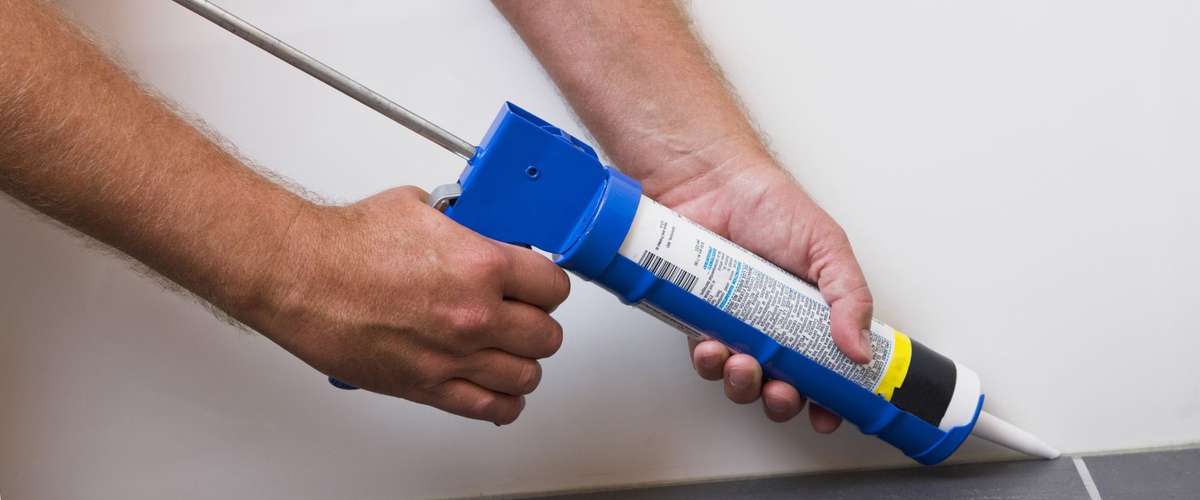














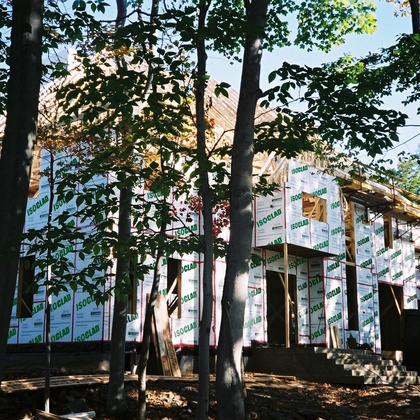


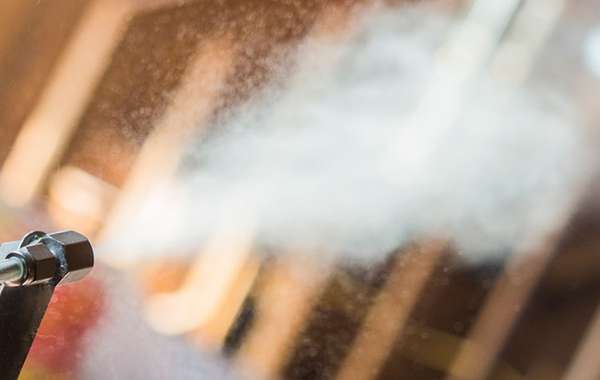
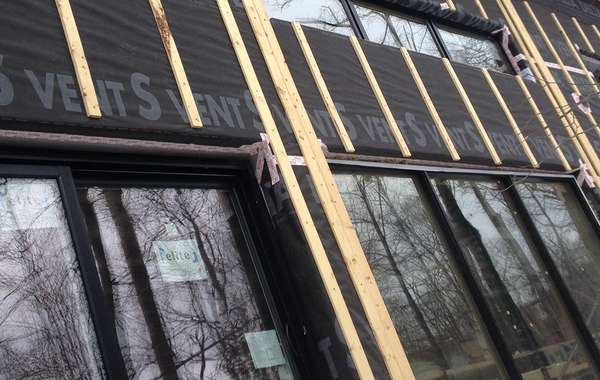
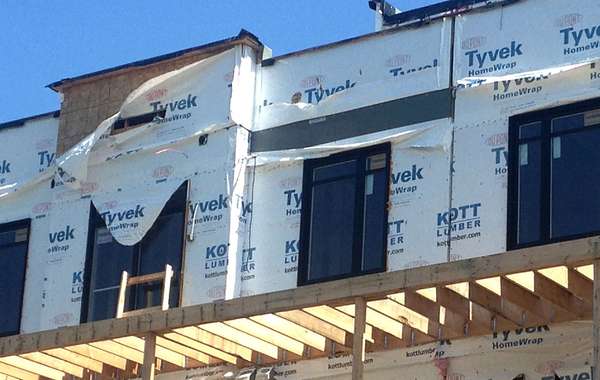
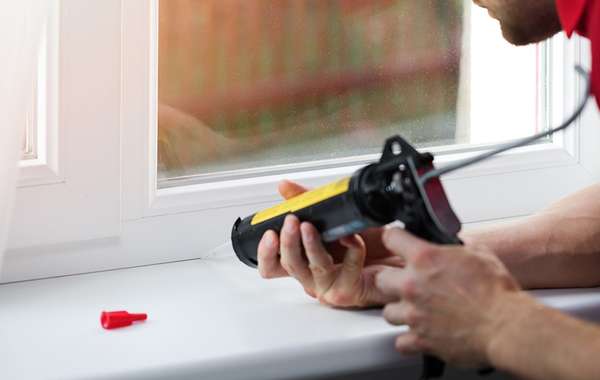
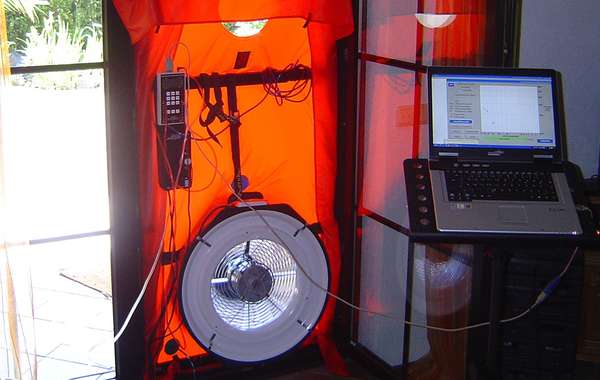
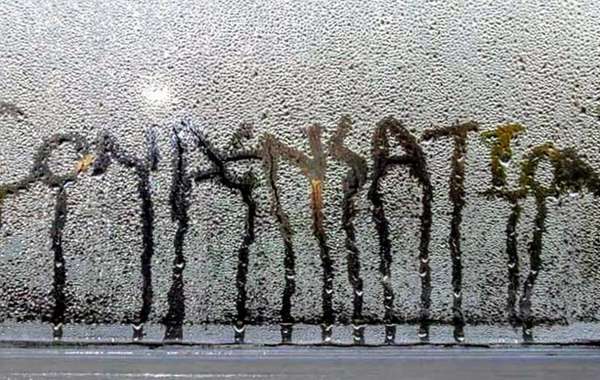
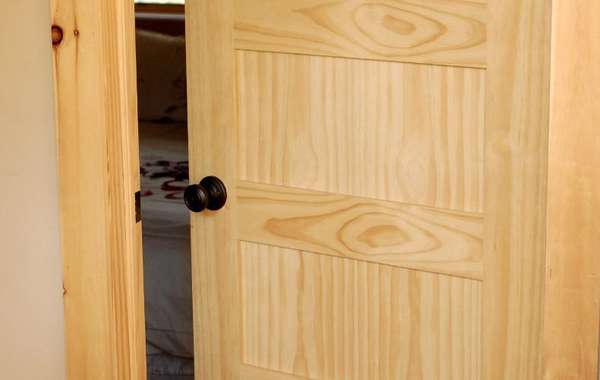

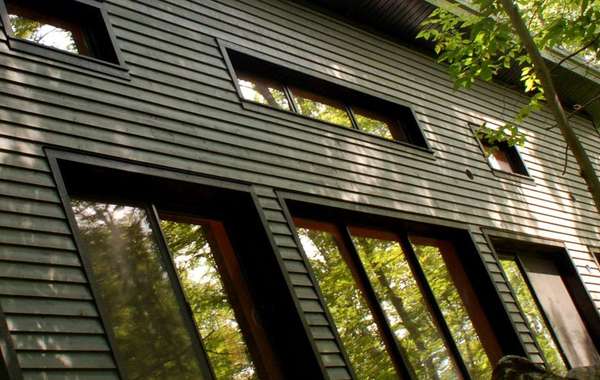

Comments (0)
Sign Up to Comment